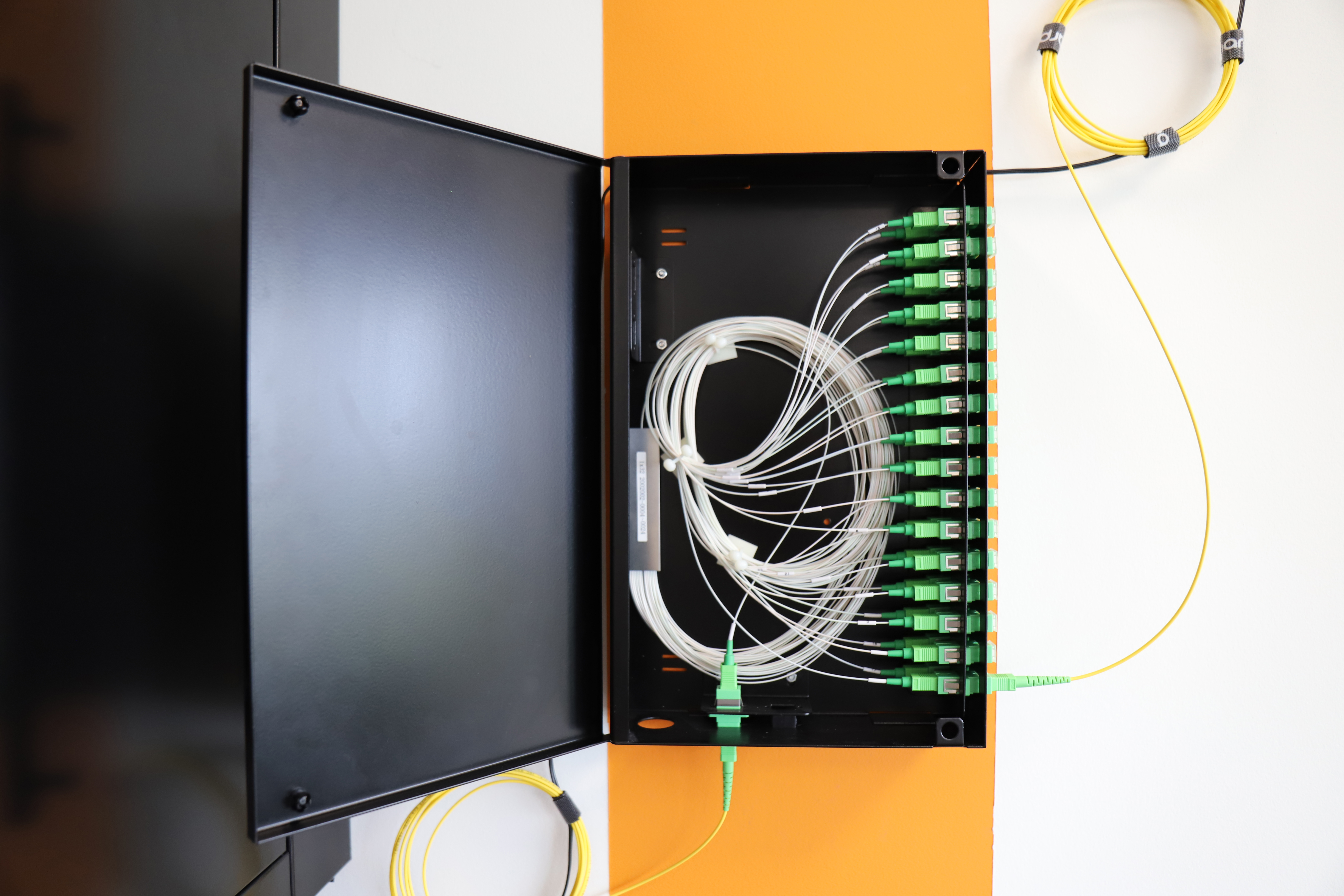Key Questions about GPON Networks and their Answers
In today’s increasingly connected world, efficient structured networks are essential for the success of businesses. In this article, we will explore the key questions about GPON (Gigabit Passive Optical Network) networks and provide clear answers to help you better understand this advanced technology. barpa, a supplier in structured network solutions, aims to offer high-quality GPON products to meet the needs of businesses. We will discover what a GPON network is, its components, speed, advantages, and explore future technologies that could potentially replace it.
What is a GPON Network?
A GPON (Gigabit Passive Optical Network) network is a passive optical network technology (PON) that utilizes fiber optics to deliver broadband, voice, and video services. GPON enables high-speed data transmission through a point-to-multipoint architecture, where a single optical fiber is shared among multiple users. It uses optical splitters to distribute the signals to end-users, providing high-quality services and symmetrical bandwidth.
What are the Components of a GPON Network?
A GPON network consists of 4 main components:
1. Optical Line Terminal (OLT): The OLT is the central equipment responsible for managing the GPON network. It is located at the central point and connects to subscribers via fiber optics. The OLT controls data traffic, manages user authentication, and provides high-speed connectivity.
2. Optical Network Terminals (ONTs): ONTs are devices located at the subscribers’ premises. They connect to the OLT via fiber optics and are responsible for converting the optical signals into electrical signals used by end devices such as computers, phones, and televisions. ONTs enable end-users to access high-speed services provided by the GPON network.
3. Optical splitter: The optical splitter is an essential component in the GPON network. It splits the optical signal coming from the OLT into multiple fiber optics to provide individual connectivity to end-users. Optical splitters efficiently share the bandwidth among users, ensuring fair distribution of resources.
4. Cabling: The cabling is an essential component in the GPON network. It assures the total performance of the system.
Is the GPON Network part of PON Networks?
Yes, the GPON network is encompassed within the broader concept of Passive Optical Networks (PON). GPON is one of the types of PON networks, offering a specific solution for high-speed broadband, voice, and video services. It offers advanced features such as dynamic bandwidth allocation and support for diverse services.
What is the Speed of a GPON Network?
A GPON network offers high data speeds, typically 2.5 Gbps downstream (from the OLT to the ONT) and 1.25 Gbps upstream (from the ONT to the OLT). This speed is shared among the network users, ensuring fast performance to support high-quality broadband, voice, and video services.
What are the Advantages of the GPON Network?
GPON Networks offer several advantages for businesses:
· High speed: GPON provides high transmission rates, enabling fast data transfers and support for demanding services such as video streaming and high-definition video conferencing.
· Advanced security: GPON networks ensure security through data encryption and a secure optical infrastructure, protecting the integrity and confidentiality of transmitted information.
· Scalability: GPON networks are highly scalable, allowing for the addition of new users and services to the network without significant changes to the existing infrastructure.
· Energy efficiency: GPON networks consume less energy compared to traditional network technologies, resulting in cost savings and a reduced environmental impact.
· Space saving: GPON networks eliminate the need for secondary racks in telecommunications rooms and reduce the space needed in trays and tubes.
What are the Future Technologies that can replace GPON?
While GPON is an efficient and widely adopted technology currently, continuous technological advancements may lead to the development of future solutions that could potentially replace it using the already installed optical fiber infrastructure. Some promising technologies that could emerge as alternatives to GPON are:
· XG-PON: It is an evolution of GPON that offers higher speeds, with capacities of up to 10 Gbps.
· XGS-PON: It is an evolution of GPON that offers symmetric speeds up to 10 Gbps.
· NG-PON2: It is a next-generation technology that allows even higher speeds, reaching 40 Gbps.
GPON networks are an advanced solution for high-speed connectivity, offering significant advantages such as fast speeds, advanced security, scalability, and energy efficiency. barpa offers a wide range of GPON products to meet the needs of businesses, you can check ebook: https://barpa.eu/solutions/gpon/.
While it is an established technology, it is important to stay attentive to potential future evolutions, such as XG-PON, XGS-PON and NG-PON2, which could offer even higher speeds and advanced features. By investing in a barpa GPON network components, your company will be prepared to meet the growing demands of connectivity and harness all the benefits that optical technology can provide.






Sorry, the comment form is closed at this time.